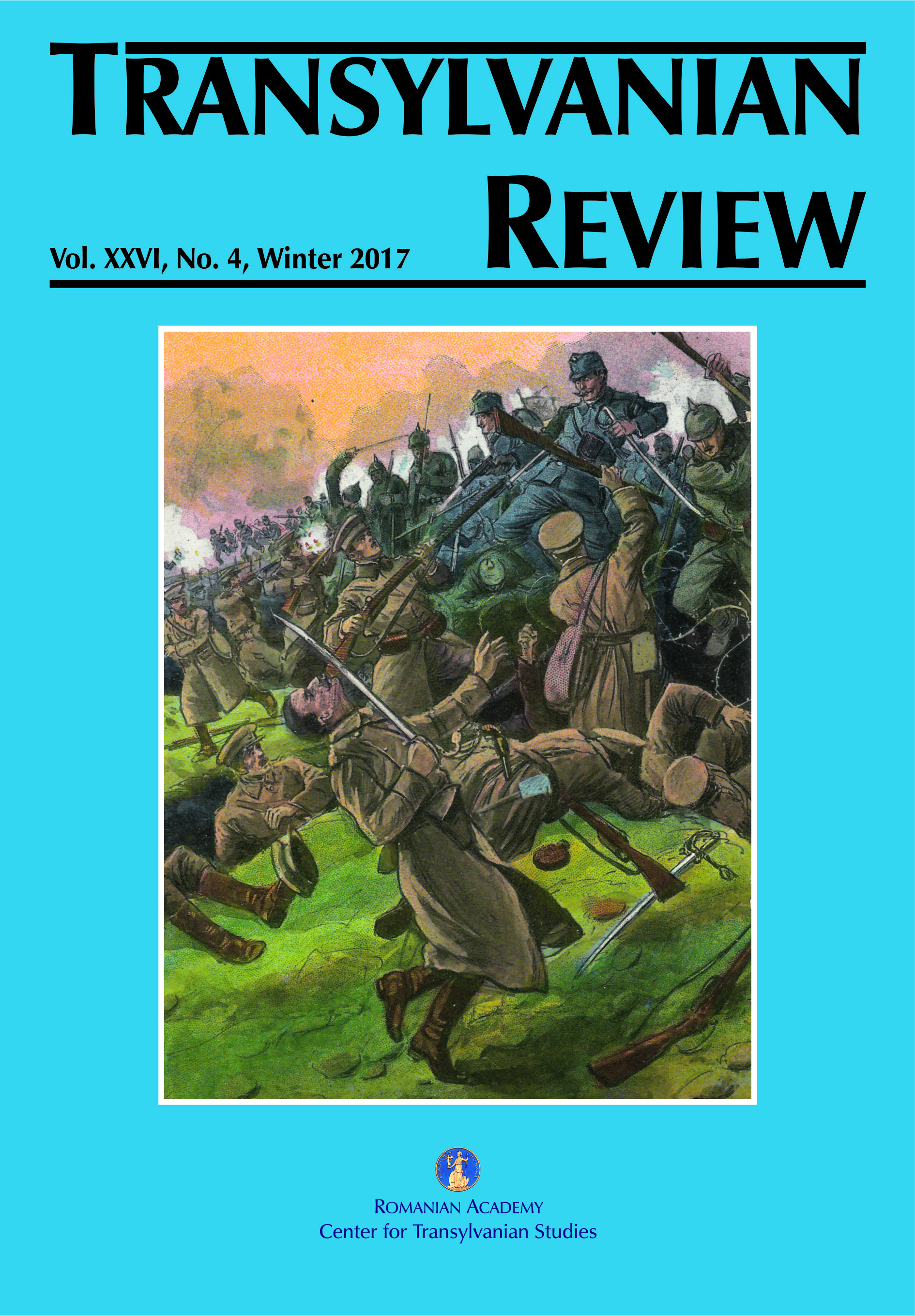Die Überschwemmungen des Jahres 1771 in Siebenbürgen: Die Rolle des Zentrums und der Peripherie bei der Bewältigung der Katastrophe
The Floods of 1771 in Transylvania: The Role of the Center and the Periphery in Solving the Crisis
Author(s): Dorin-Ioan RusSubject(s): History, Economic history, Local History / Microhistory, Social history, Modern Age
Published by: Academia Română – Centrul de Studii Transilvane
Keywords: floods; famine; central and local authorities; nutrition; perception of disasters; Saxons; Romanians; Catholics; Lutherans;Orthodox;
Summary/Abstract: The study aims to present and analyse the relations between the Austrian authorities in Transylvania and the local population during the 1771 floods on the Târnava Plateau. In the wider context of the famine, epizootics, plague and floods, the Viennese authorities intervened wherever they had a significant economic interest. The main reason for the bad relations between the center and the Transylvanian peripheries was the constant tension between the Estates and their representatives. The second reason was the cumbersome administrative apparatus of the Transylvanian Principality. It appears that the relations between the members of communities where there was mutual material assistance and a disaster culture, such as between the center of Sibiu and the authorities of seats, counties and towns, were somewhat better. One can also argue that the construction of buildings and objects of public interest became a source of conflict instead of solving the crisis. The natural disaster of 1771 did not strengthen the link between the Viennese center and the Transylvanian periphery, but rather between the various smaller provincial centers and peripheries. Still, this link depended on momentary interests.
Journal: Transylvanian Review
- Issue Year: XXVI/2017
- Issue No: 04
- Page Range: 43-62
- Page Count: 20
- Language: German

